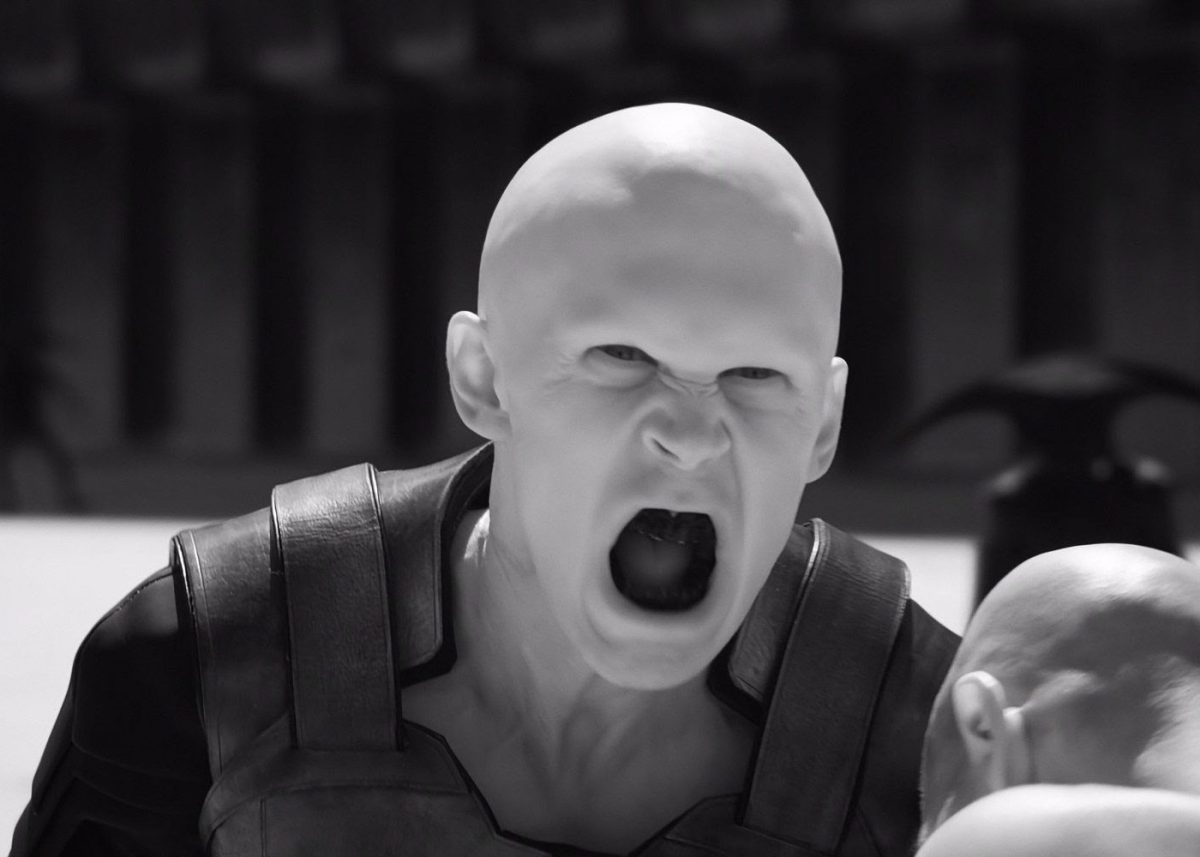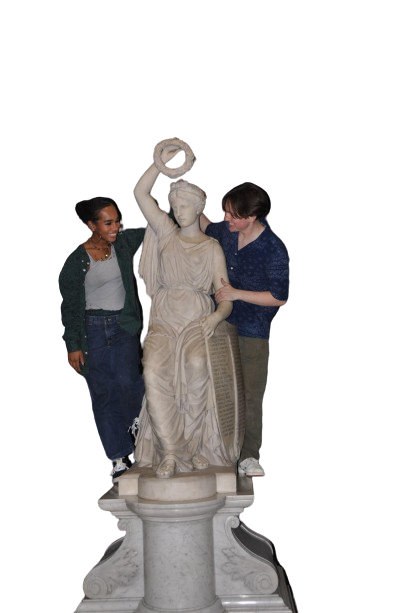Dune: Part Two, which came out on March 1, is the long-anticipated sequel to the successful preceding 2021 film. Filmmaker Denis Villeneuve and the star-studded cast of Timothee Chalamet, Zendaya, Austin Butler and Florence Pugh cement Dune in cinema’s hall of fame.
In Part Two, Paul Atreides, played by Chalamet, is no longer the tentative young nobleman from the beginning of the first movie. Though initially reluctant, he yields to fulfill his destiny as the chosen one and savior of the Fremen, the native people of the precious desert planet Arrakis. After effectively defeating the enemy House Harkonnen, he commences a holy war, thus sealing the fate of the entire universe and dooming the lives of billions.
While Chalamet’s performance was commanding, to some, it was outshined by the more experienced actors on-screen. Boston Latin School science teacher Mr. Conor Fearon notes, “Chalamet and Zendaya are very good actors, but not phenomenal. You see Timothee Chalamet play Paul; you watch Josh Brolin be Gurney [Halleck]. Watching him act, versus watching him be.”
As Paul’s influence over the Fremen increases, the movie explores the dangers of religious fanaticism and how it can be used to manipulate a population. No longer his friends, the Fremen have become Paul’s fanatics, mindlessly following the messianic figure into galactic war and destruction.
Joe Li (II) comments, “The movie emphasizes how a strong and capable leader coupled with the power of faith can accomplish anything and really goes to show why religion was and still is such an important part of the world. The Fremen were all waiting on a savior to lead them to victory, and once that figure appeared they became an unstoppable force.”
With the rise of religious extremist groups around the world, and the resulting polarization and violence, the film’s message is particularly relevant today. Yet, Piotr Kierner (I) notes, “It also shows how it can also be a good thing, a thing that can be wielded to have people support freedom and justice. […] It just all depends on what type of ruler or religious leader is behind it.”
Dune: Part Two not only explores these heavy themes, but is also visually spectacular. Greig Fraser, who won an Oscar for cinematography for his work in the first film, moves audiences once again. The majority of the movie takes place on spice-abundant Arrakis, and appropriately displays a dazzling palette of orange, brown and golden sand, at times warm, at times harsh. Fraser balances these expansive landscapes with intimate close-up shots of the face, so the audience feels a personal connection to the characters’ emotions.
In particular, the Harkonnens’ home planet, Giedi Prime, is in stark contrast to the warm desert landscape we have become accustomed to. Fraser’s clever choice to use an infrared camera to capture the sequence adds a translucent and dream-like quality to human skin. This enhances Austin Butler’s portrayal of Feyd-Rautha Harkonnen, Paul’s antagonist, who is both sinister and captivating.
Mr. Fearon explains, “The use of shadows and camerawork is so clever — it was so saturated and had depth […] you get this brutality, a good introduction of Feyd-Rautha in his world.” Combined with Butler’s magnetic performance, the atmosphere of the vast, futuristic amphitheater is truly haunting.
The utter lack of color eliminates all sense of love and joy and plunges the audience into the Harkonnens’ harsh, unfeeling world. It also serves as a reminder that our world is not far from that of Dune; we, too, suffer from corruption, greed, authoritarianism and political manipulation.
Also integral to the film was its fantastic score, which blended well with the grand cinematography. In both films, composer Hans Zimmer employed a wide variety of lesser-known instruments, deviating from the classical orchestral arrangements often found in other sci-fi movies’ scores. Most notably, the “Gom Jabbar” theme from the first film, with its mesmerizing vocals, makes several appearances. With plenty of booming percussion and reverberating synth melodies, the score keeps the audience on its toes, though it can be too loud at times.
The two Dune movies are adapted from Frank Herbert’s 1965 science fiction novel of the same title. For the most part, Villeneuve remained faithful to the source, but took creative liberty in some areas that would not suit an on-screen adaptation. For those familiar with the book, some adjustments may have been jarring.
Kierner explains, “Reading the book beforehand made it a little bit less enjoyable, not so much because the story was bad, but because […] having your own artistic things you thought should be or shouldn’t be put in.”
Within a month of its opening, the film has grossed over 600 million dollars worldwide, surpassing the first movie’s total of 435 million. It has also taken social media platforms like Tiktok and Instagram by storm. The custom American Movie Classics popcorn bucket, modeled after a sandworm, has become the subject of many jokes and viral videos. Saturday Night Live even performed a popular skit featuring the popcorn bucket, starring our very own Ayo Edebiri!
The success can also be attributed to the release of the first film on streaming platforms such as Netflix prior to March. Kierner elaborates, “That gave a lot of people the opportunity to watch the first movie for free, as they didn’t get to watch it in the cinemas, and that created a lot of new fans. The timing of that, whether it was planned or not, boosted the amount of people who wanted to see it.”
Dune: Part Two is an ambitious, massive and truly epic feat of cinema. If you have not seen it yet, be sure to check it out in theaters or stream it on Max!








